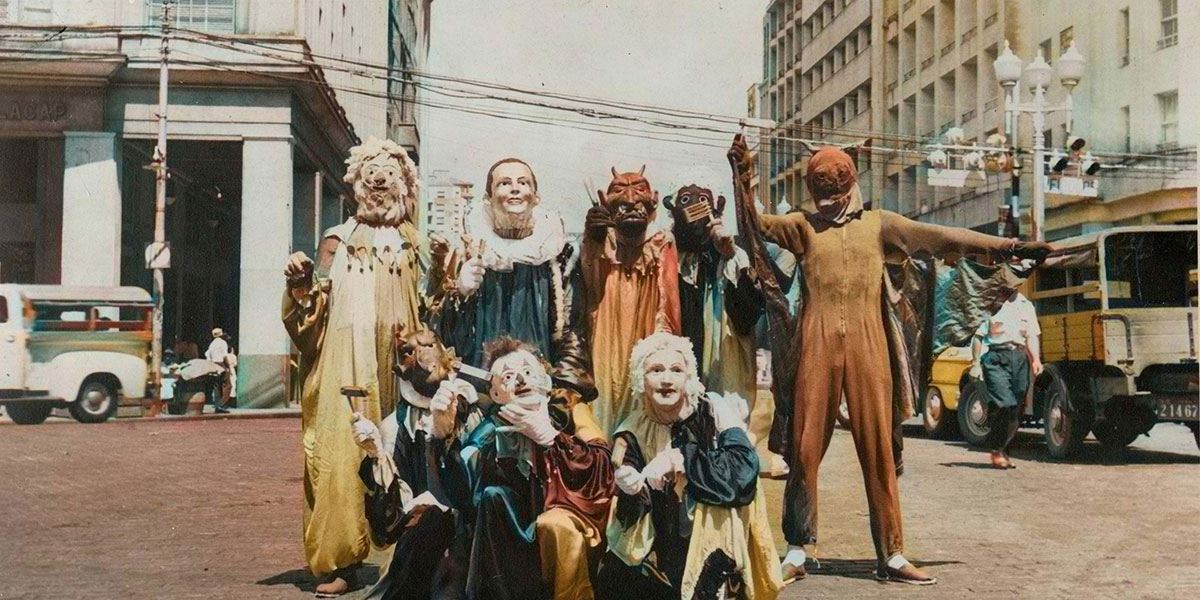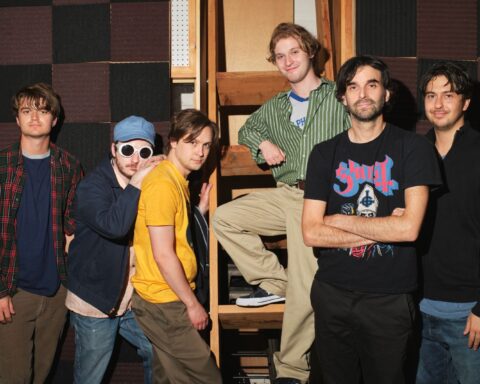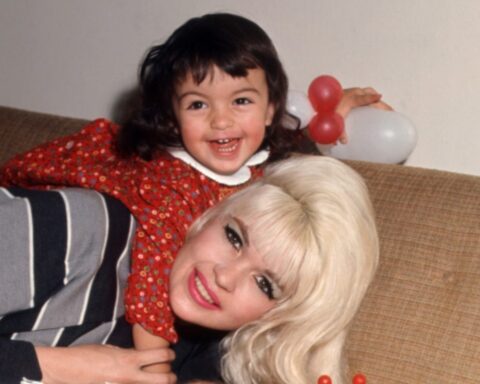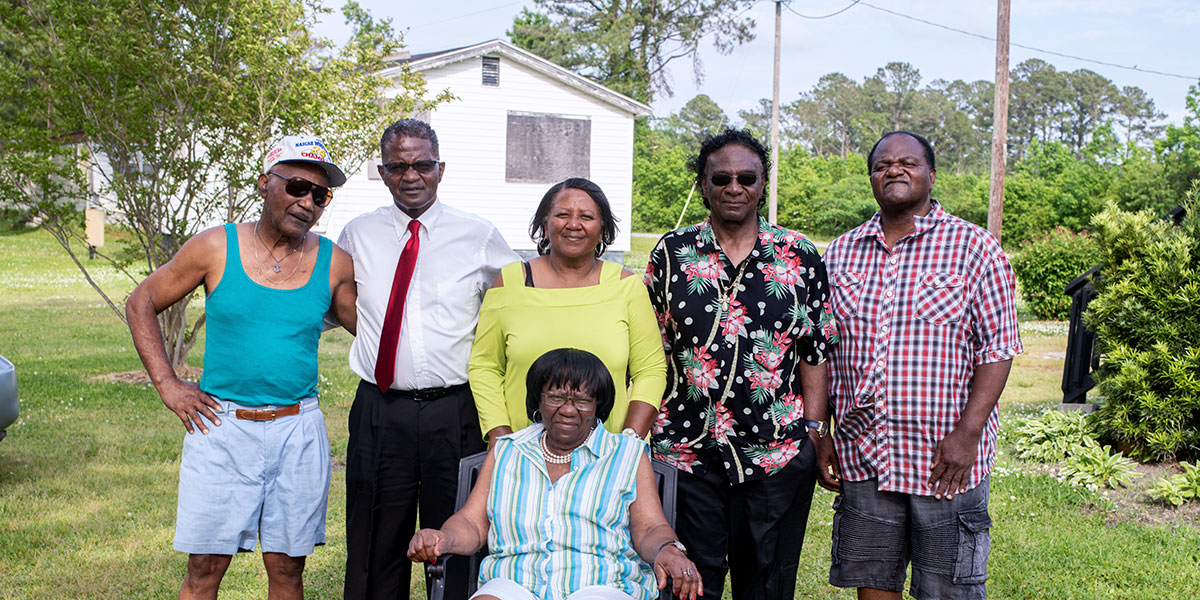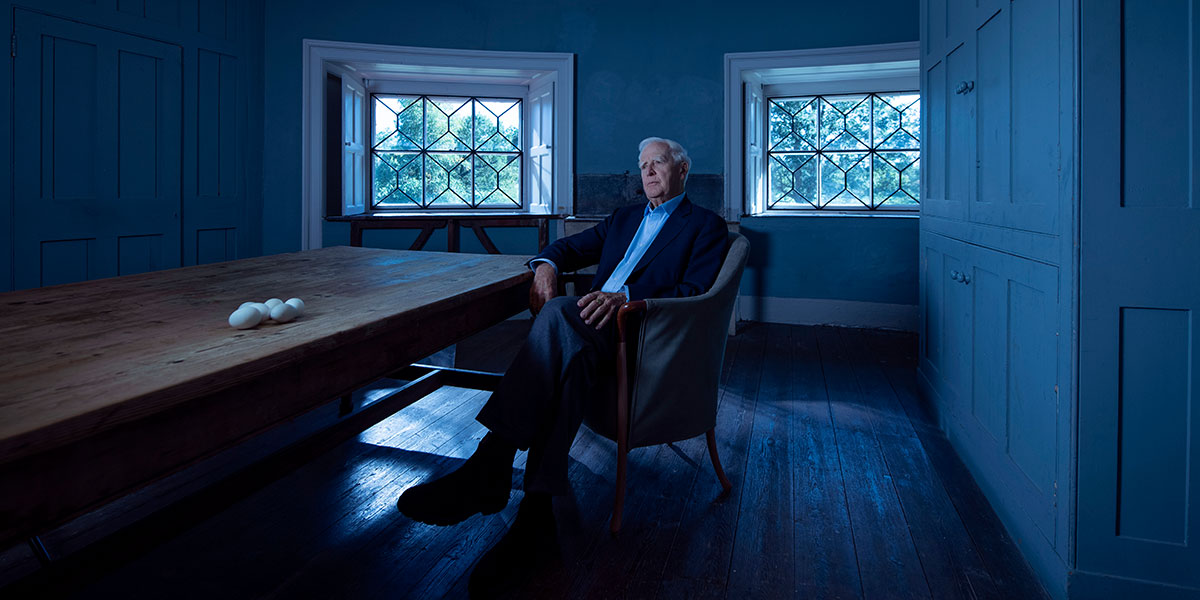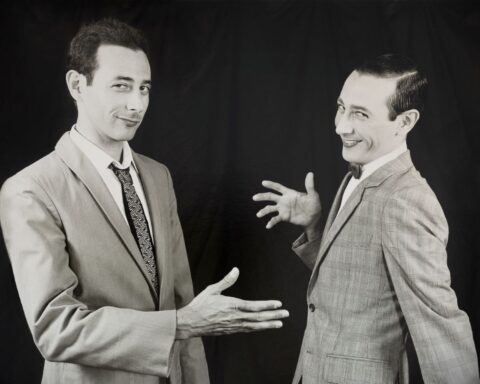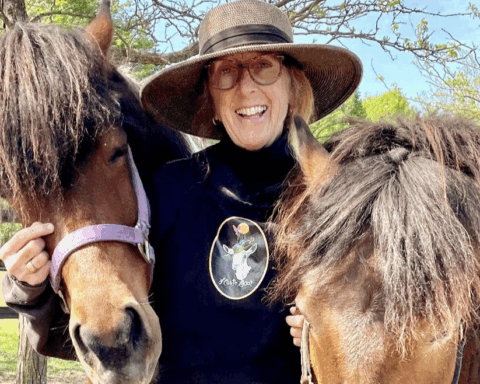Pictures of Ghosts
(Brazil, 93 min.)
Dir. Kleber Mendonça Filho
Programme: Wavelengths (North American Premiere)
Jacques Rivette once said that every drama is a documentary of its own making. As a film records people in action, it captures a moment in time. Wading deeper into semantics, the indexical nature of celluloid furthers the documentary angle for even obvious fiction: an image of an actor, stamped onto a film frame via a flicker of light, serves a marker of that person’s existence. The argument doesn’t really work for CGI-heavy Marvel movies and the like, of course, and one can debate if those are even “films” at all, but any film shot on location can reasonably fudge the documentary claim because it captures moments in time.
Brazilian director Kleber Mendonça Filho puts the “every film is a documentary” hypothesis to the ultimate test with Pictures of Ghosts. The director of acclaimed films such as Neighbouring Sounds (2012), Aquarius (2016), and Bacurau (2019) returns to non-fiction after his 2008 feature doc Critico. Picture of Ghosts is the culmination of Mendonça Filho’s career so far. The film is a must-see for cinephiles. Anyone who discovered their passion while gazing up at a movie screen with those wonderful people out there in the dark will love this personal engagement with the art form.
He turns his lens upon his oeuvre and the environment that fuels it. Mendonça Filho invites audiences into his home, which they may recognize from his work. The setting for Pictures of Ghosts is Mendonça Filho’s apartment in Recife. It’s the same setting in which characters dwell in nearly all his films. Mendonça Filho shares clips of his short films in which predators lurk outside the windows, for example. Take a close look and one sees the neighbourhood change by the time Neighbouring Sounds comes along. Beyond the passage of time, the physical environment of this oeuvre observes a city in transition.
An Easter Egg Hunt
Pictures of Ghosts offers some novel Easter eggs that support the “every film is a documentary of its own making” argument. Match cuts connect shots from social gatherings at his dining room table and images from his films in which the same guests sup together. That only dramatic changes are the context and the texture of the lighting.
Mendonça Filho reveals that one of the neighbouring sounds in Neighbouring Sounds is his neighbour’s dog, Nico. One hears the not-so-distant barking of dogs throughout Mendonça Filho’s work until the poor pooch dies. Nico even makes an impromptu cameo in Aquarius when the action moves too close to the fence and he jumps as high as his hind legs will spring him to afford a peak. But cinema has the ability to immortalize four-legged creatures, as Mendonça Filho learns one night when Nico’s barking keeps him awake. The dog has long been dead, but his unmistakable yap wafts into the apartment. Mendonça Filho realizes that one of his neighbours is simply watching Neighbouring Sounds, offering the canine star reincarnation through cinema.
Other aspects of the environment stamp the passage of time on Mendonça Filho’s films. Termites on the neighbours’ house, for example, lend a plot point to a film but add far too much drama to the director’s own life. The house degrades and becomes derelict, abandoned by humans but overrun by cheeky cats who move in and act like they own the place. Mendonça Filho erects some razor wire, transforming his yard into what he hopes to be an impenetrable compound. But the cats just saunter through the tunnel of wire, as if joining the director in a game.
The Cinema Houses
Mendonça Filho isn’t making another love letter to the cinema here. Pictures of Ghosts instead looks at the ways in which film preserves culture and history. It also understands how moviegoing is a record of public life: tastes, trends, and cultural attitudes. He revisits the movie houses of Recife—beautiful old theatres like the Art Palacio, the Trianon, the Veneza where large crowds gathered for Hollywood’s latest offerings and where Mendonça Filho received his first true education.
He observes massive crowds in the square outside the theatre, indicative of the heyday of moviegoing before streamers and home video changed audience habits. An archival interview with Mr. Alexandre, a veteran projectionist at Palacio, sees the cinephile recall how he oversaw screenings of The Godfather for four consecutive months. By the end, Mr. Alexandre admits that he was swapping shifts with a projectionist at another theatre because he simply could not endure another round of Nino Rota’s score.
A kaleidoscope of classic images evoke the movies that entertained thousands of Brazilians in these hallowed halls, but also informed much of the filmmaker’s sensibility. A cutaway to Battleship Potemkin invites a musing in voice-over that “documentaries make the best fiction films.” While Mendonça Filho is obviously indebted to the slasher flicks and gangster movies that inspired him, his wanderings through Recife evoke the sense that the best work comes from life. Reality with a twist of fiction gives cities new life, as Mendonça Filho shows even when comparing the lighting palettes for Neighbouring Sounds. He says that he originally wanted to shoot the streets au naturel, but only dramatic lighting could do them justice through the viewfinder.
Fiction/Non-Fiction
Pictures of Ghosts weaves the history of film in images captured on a mix of film stock. From lush 35mm images to lo-fi VHS and crisper HD, Pictures of Ghosts is a visual odyssey through cinema, evoking the permanence of film images, the romantic lustre of grain, and the comparative ephemerality and ugliness of digital, but also the aesthetic losses and practical gains entailed within the shooting formats. Mendonça Filho wanders through the streets of Brazil, shifting between archival and contemporary images, as these beautiful cinema palaces stop showing movies. Like many theatres in Toronto, they’ve become churches. Instead of advertising the latest Hollywood hits, marquees display sermons that one could easily confuse old Sophia Loren movies. But Mendonça Filho appreciates the irony after the cinemas of Recife endured long battles that included Nazis and cinema weaponized as propaganda.
While considering the permanence film images and the stories that movies inadvertently hold, Mendonça Filho arrives at a key facet of visual storytelling. Every image is a construction. He explores this quite humorously in what begins as the film’s most conventional “documentary” moment. During a verité-style sequence, he hails a cab to drive him around the city. As Herb Alpert plays on the radio and the driver chats with the filmmaker about jazz and movies, the hired man makes a confession. He might disappear during the conversation. As Mendonça Filho laughs and enjoys the jazzy ride through the city, his ghost driver safely guides him to his destination. The wheel’s still turning, but nobody’s there. Again, Mendonça Filho laughs. So too must the audience because, by Pictures of Ghosts’ end, he’s flipped the argument. If every film is a documentary, every documentary is, in turn, a work of fiction.
Pictures of Ghosts screened at TIFF 2023.
Get more coverage from this year’s festival here.
Update (Aug. 2, 2024): The film is now streaming on Criterion Channel.




